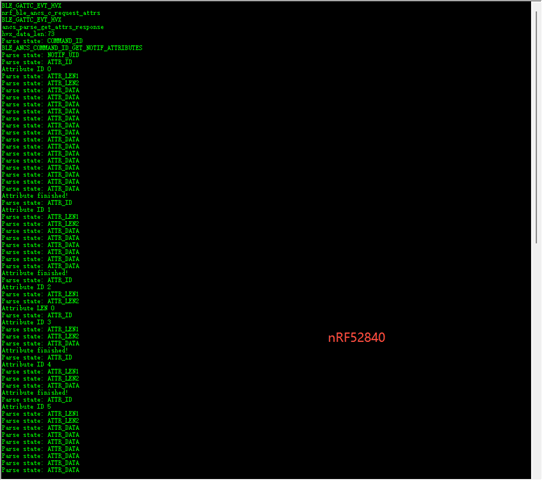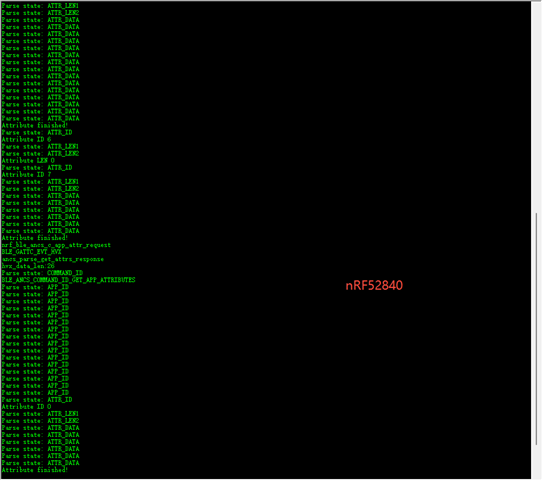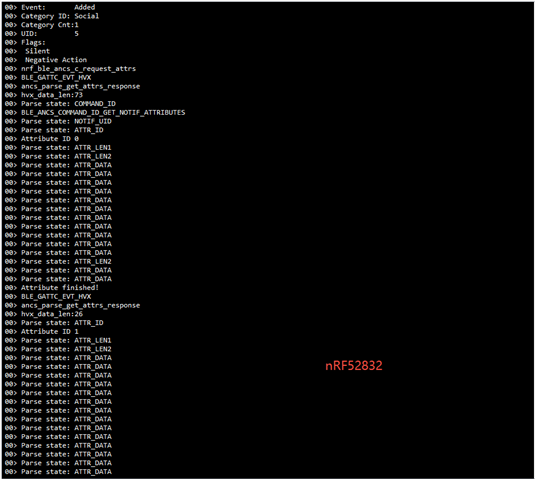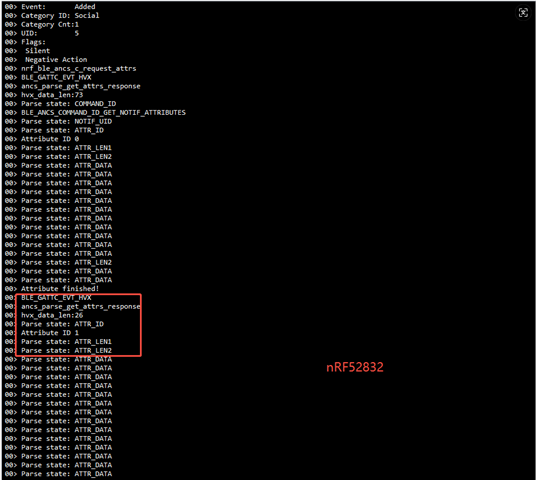I am on nRF52840, and ANCS can get the app name. After switching to nRF52832, you cannot get the app name. The driver of the two chip ANCS is the same, but the Bluetooth protocol stack is different, the former is s340, the latter is s332. What is the reason?








